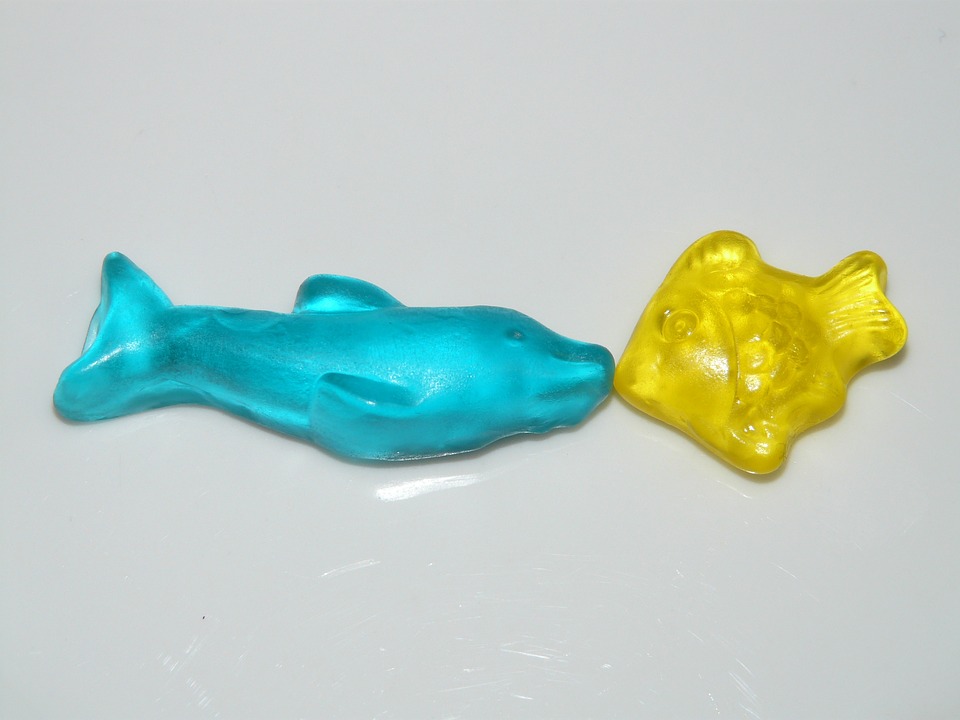Fish tanks provide a serene and captivating environment to observe the vibrant underwater life. As aquarium enthusiasts, it is important to understand the intricate behaviors of fish, especially when it comes to their mating behavior. In this article, we will delve into the fascinating world of disease-resistant fish, exploring their mating behavior and providing useful insights for fish tank owners. Additionally, we will address some commonly asked questions about this topic.
Disease-resistant fish play a crucial role in maintaining the health and well-being of fish populations. These fish possess genetic traits that make them more resistant to common diseases, reducing the risk of illness and mortality. By understanding the significance of disease-resistant fish, fish tank owners can ensure a healthier and more sustainable fish population in their tanks.
Benefits of disease-resistant fish for fish tank owners include a reduced need for medication and treatment, as these fish are inherently more resilient to diseases. This not only saves money but also minimizes stress on the fish and the overall ecosystem of the tank. Disease-resistant fish can also be bred and propagated, leading to a self-sustaining population with enhanced disease resistance.
Understanding the mating behavior of disease-resistant fish is essential for successful breeding in fish tanks. The breeding season and environmental cues play a crucial role in triggering the mating behavior of fish. By mimicking natural seasonal changes and providing appropriate environmental cues such as temperature and lighting changes, fish tank owners can stimulate the fish to enter their breeding season.
Courtship rituals and displays are an integral part of fish mating behavior. Male fish often engage in elaborate displays to attract females, showcasing their strength and genetic fitness. These displays can include flaring fins, vibrant coloration, and intricate swimming patterns. By observing these courtship rituals, fish tank owners can identify when a fish is ready to mate.
Nest building and preparation are common behaviors exhibited by many species of fish during mating. Male fish often construct nests using materials such as rocks, plants, or bubbles. These nests provide a safe space for the female to deposit her eggs. By providing appropriate nesting materials and structures in the tank, fish tank owners can encourage successful mating behavior.
The spawning process and fertilization occur once the female fish deposits her eggs in the male’s nest. The male then releases sperm to fertilize the eggs, ensuring the successful reproduction of the species. By closely monitoring the spawning process, fish tank owners can identify signs of successful fertilization, such as the presence of fertilized eggs.
Parental care and fry survival are crucial for the survival of the offspring. While not all fish species exhibit parental care, many disease-resistant fish do. Male fish often guard the nest and protect the eggs until they hatch. They may also provide care to the fry after hatching, ensuring their survival. By providing a suitable environment and minimizing disturbances, fish tank owners can enhance the chances of fry survival.
Several factors influence the mating behavior of disease-resistant fish. Genetic factors and the heritability of disease resistance play a significant role in determining the mating behavior of the fish. Water quality is another important factor, as poor water conditions can negatively impact the fish’s ability to mate and reproduce. Tank size also affects successful breeding, as larger tanks provide more space for courtship rituals and nest building.
To promote successful mating in fish tanks, it is essential to provide appropriate tank conditions. This includes maintaining optimal water parameters such as temperature, pH, and salinity. Mimicking natural habitats and cues, such as providing appropriate hiding places and vegetation, can also encourage natural mating behavior. Proper nutrition and a balanced feeding regime are crucial for the overall health and reproductive success of the fish.
In conclusion, understanding the mating behavior of disease-resistant fish in fish tanks is essential for aquarium enthusiasts who aim to promote successful breeding and maintain a healthy fish population. By providing the right conditions, mimicking natural cues, and ensuring optimal water quality, fish tank owners can create an environment that encourages mating and enhances the survival of fry. With this knowledge, you can embark on a rewarding journey of observing and participating in the fascinating world of fish reproduction.









